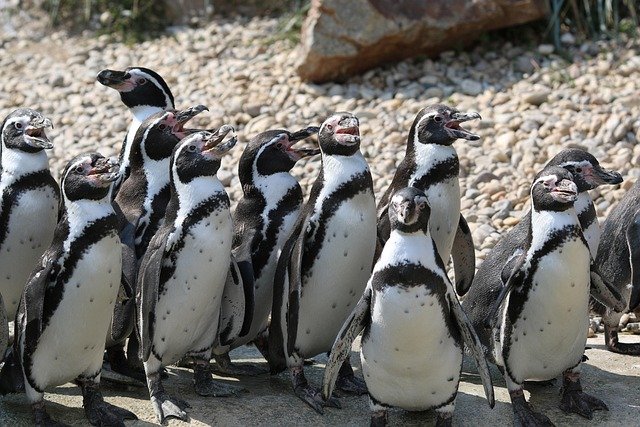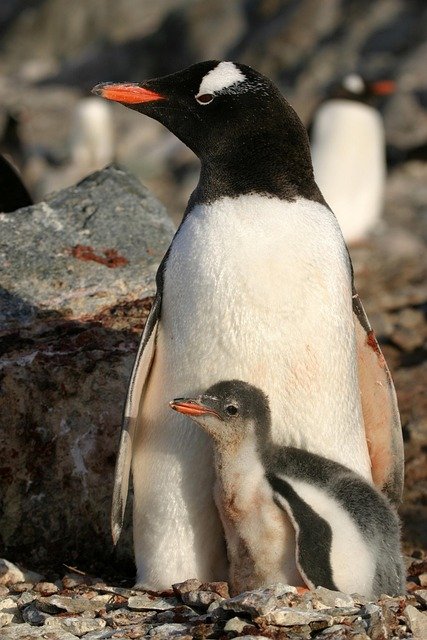**Title: "The Social Dynamics of Penguins: Exploring Their Unique Communication and Social Structures"** In

The Social Dynamics of Penguins: Exploring Their Unique Communication and Social Structures
Penguins are fascinating creatures that have captured the hearts of many with their charming waddles and tuxedo-like appearances. However, beyond their endearing looks lies a complex world of social interactions and communication that is essential for their survival in the harsh environments they inhabit. In this post, we will delve into the unique social dynamics of penguins, exploring how they communicate and the structures that govern their colonies.
Communication in Penguins
Vocalizations
Penguins are known for their diverse range of vocalizations, which play a crucial role in their social interactions. Each species has its own unique calls, which can be used for various purposes:
- Mating Calls: During the breeding season, penguins use specific calls to attract mates. These vocalizations help individuals identify potential partners and strengthen pair bonds.
- Chick Communication: Parent penguins and their chicks have distinct calls that facilitate recognition. This is vital in crowded colonies, where many chicks may look alike. The ability to identify their offspring ensures that parents can provide the necessary care and protection.
Body Language
In addition to vocalizations, penguins also rely on body language to communicate. This includes:
- Posturing: Penguins may puff up their chests or bow to signal aggression or courtship. These displays help establish dominance or attract mates.
- Physical Contact: Penguins often engage in social behaviors such as preening each other, which not only strengthens social bonds but also helps maintain their feathers in optimal condition.
Social Structures
Colony Life
Penguins are highly social animals and typically live in large colonies, which can number in the thousands. These colonies provide safety in numbers, making it easier to fend off predators and share resources. Within these colonies, social structures can vary:
- Hierarchical Structures: Some penguin species exhibit hierarchical social structures, where individuals establish dominance over others. This can influence access to resources like food and nesting sites.
- Cooperative Breeding: In certain species, such as the Emperor Penguin, individuals may engage in cooperative breeding, where non-parent penguins help care for chicks. This behavior enhances the survival rate of the young and strengthens community ties.
Social Bonds
The bonds formed within penguin colonies are essential for their survival. These relationships can be long-lasting, with penguins often returning to the same mate year after year. The strength of these social bonds is evident in their cooperative behaviors, such as:
- Huddling: To conserve warmth in freezing temperatures, penguins will huddle together, demonstrating their reliance on one another for survival.
- Group foraging: Penguins often forage in groups, which can increase the efficiency of hunting and provide safety from predators.
Conclusion
The social dynamics of penguins are a testament to their adaptability and intelligence. Through complex communication methods and intricate social structures, these remarkable birds navigate their challenging environments and thrive as a species. Understanding their social behaviors not only enriches our knowledge of penguins but also highlights the importance of conservation efforts to protect their habitats and ensure their survival for future generations.
Feel free to share your thoughts or ask questions about penguins and their fascinating social lives! 🐧
